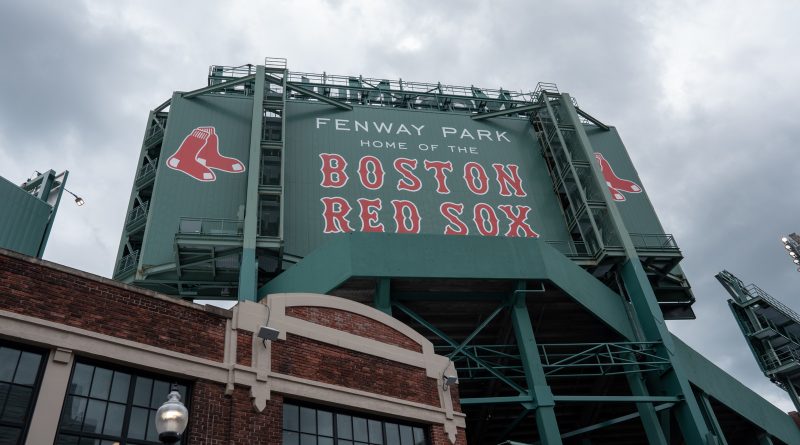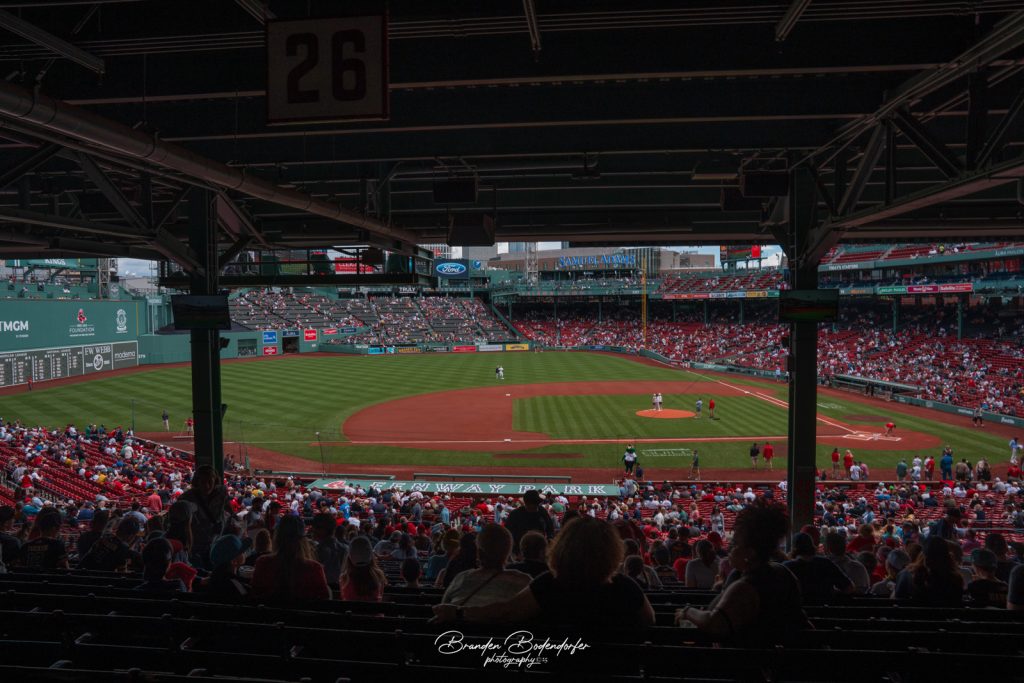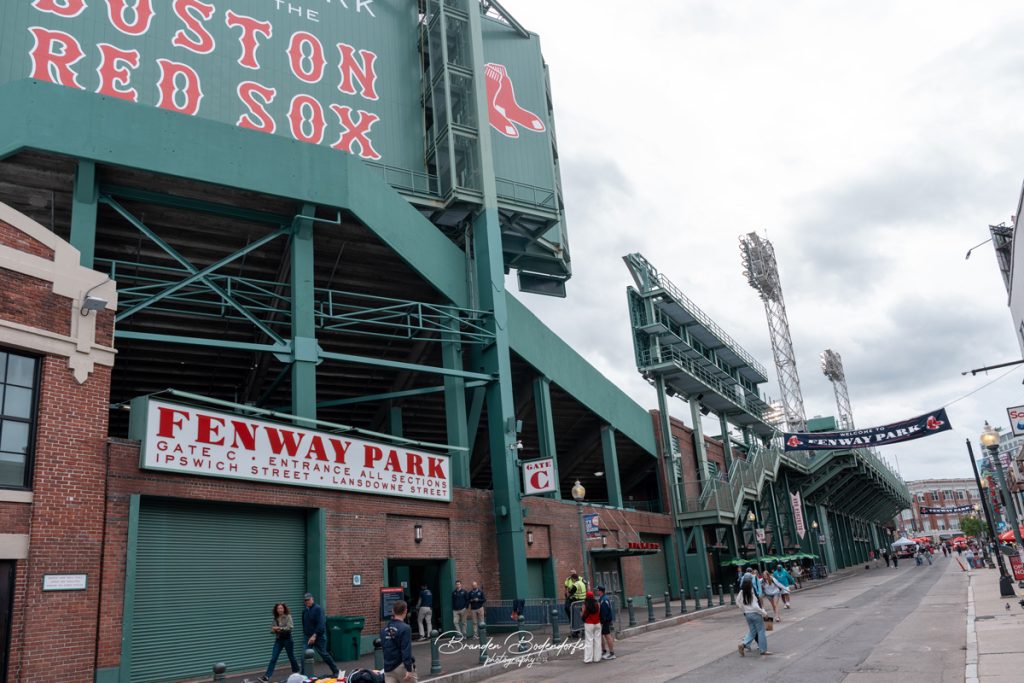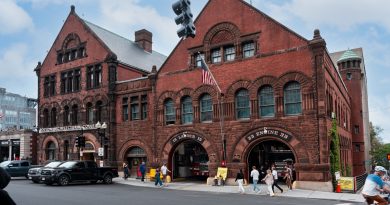Visit to Fenway Park in Boston: Baseball History, Photos & Travel Tips
Visiting Fenway Park: A Baseball Cathedral in the Heart of Boston
In May, while traveling to Boston for a marketing summit, I found myself with a few free hours—and by chance, a golden opportunity to step inside one of the most iconic sports venues in the world: Fenway Park.
Even if you’re not a die-hard baseball fan, Fenway is one of those places that evokes a sense of nostalgia and reverence. As I sat on the third base line, camera in hand, I realized I was witnessing not just a game, but a living piece of American history.

A Brief History of Fenway Park
Opened on April 20, 1912, Fenway Park is the oldest Major League Baseball stadium still in use today. Built just days after the Titanic sank, it has survived fires, renovations, and generations of baseball evolution. Located in the Fenway–Kenmore neighborhood of Boston, the park was designed to fit within the city’s tight streets, leading to its now-famous quirky dimensions and intimate atmosphere.
Fenway has hosted World Series games, All-Star events, and legendary players from Babe Ruth to David Ortiz. It’s not just a stadium—it’s a shrine to the game’s past and present.
Why Fenway Matters in Baseball History
- The Green Monster: Towering at 37 feet 2 inches, this left field wall is perhaps baseball’s most famous feature.
- Manual Scoreboard: Still updated by hand, it’s one of only a few left in the major leagues.
- Pesky’s Pole: The right field foul pole, named after Johnny Pesky, is just 302 feet from home plate—one of the shortest distances in MLB.
- Longevity: Fenway has seen over a century of baseball, making it a cornerstone of sports history and American culture alike.
A Personal View from the 3rd Base Line
Although I only stayed for a few innings, those moments were unforgettable. I saw a grand slam by the Red Sox that momentarily gave them the lead over the Braves. The energy in the crowd was electric—passion you can only feel in a stadium this steeped in tradition.
Fenway has a unique rule: no camera lenses over 6 inches are allowed, which is something photographers should keep in mind. I brought my Sony 24-70mm f/2.8 G Master lens, which gave me enough flexibility to grab detailed shots of the action while staying within guidelines.
One of the highlights was stitching together a panoramic view of the field from my seat. The curvature of the park, the texture of the ivy, and the wall’s distinct green all came together in a visual tribute to the park’s charm.
Fun and Lesser-Known Fenway Facts
- Smallest MLB Stadium by Capacity: Fenway officially seats around 37,755 for night games and 37,305 for day games.
- Home of the First Rain Delay Tarp: Fenway was the first stadium to use a full-field tarp in the 1900s.
- Rooftop Gardens: In 2015, the Red Sox launched Fenway Farms, a rooftop garden above the front office.
- Haunted History? Some say Fenway is haunted by past players. Legend has it Babe Ruth’s spirit lingers.
Final Thoughts
Fenway Park is more than just a venue—it’s an experience. Whether you’re a fan of baseball, photography, or American history, there’s something special about sitting in those green seats and hearing the crowd roar as the ball cracks off the bat.
Sometimes the best moments in travel come unexpectedly. I hadn’t planned to go to Fenway that day, but I’m grateful I did. As the sun dipped behind the Monster and I packed away my camera, I walked away not just with photos—but with a deeper appreciation for a ballpark that continues to stand the test of time.
Photo release. If you would like to have this pano for personal use, click here to download the high resolution.




